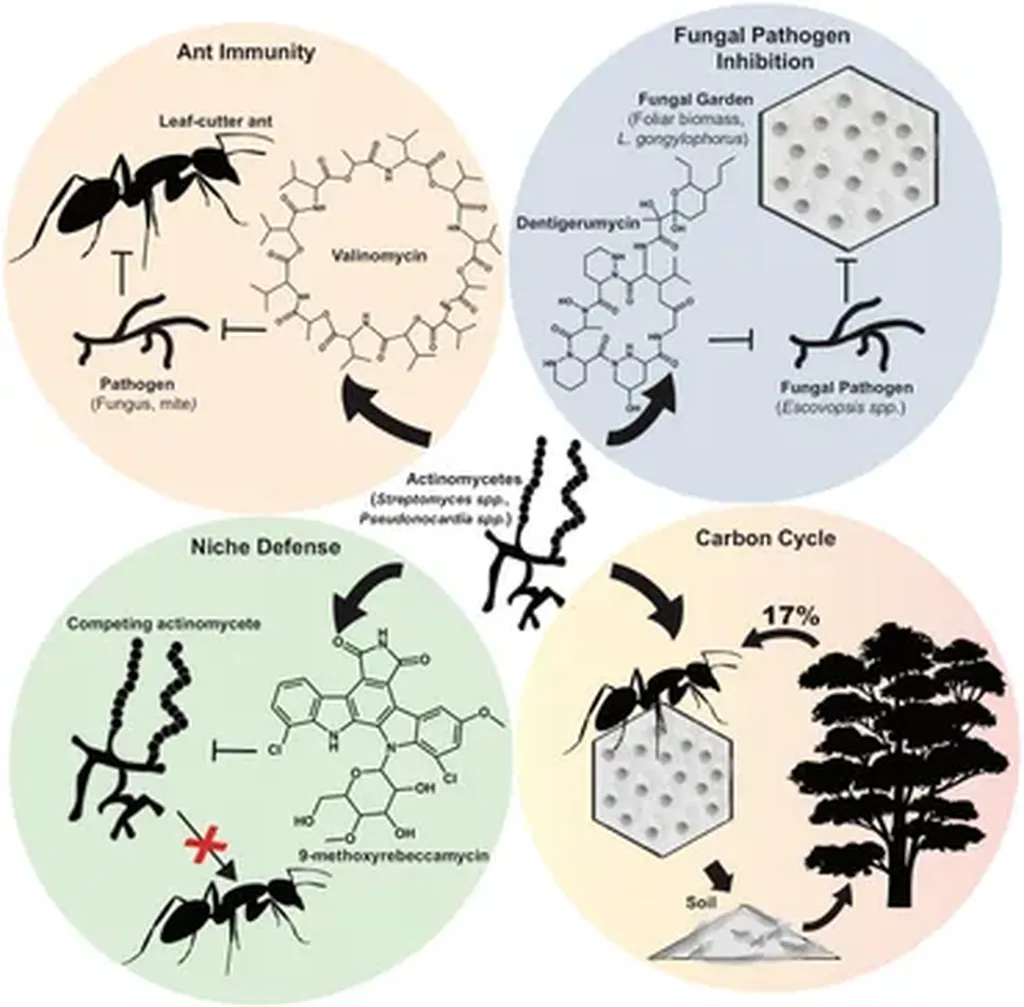In the quest for sustainable and eco-friendly methods of producing metallic nanoparticles, a group of bacteria known as actinomycetes is emerging as a promising candidate. A recent study published in the *Journal of Water and Environmental Nanotechnology* explores the potential of these filamentous bacteria to act as bio-factories for the green synthesis of metal nanoparticles, offering a glimpse into a future where agriculture and industry can benefit from environmentally friendly nanotechnology.
Actinomycetes, known for their role in producing bioactive secondary metabolites, have been found to employ various pathways and biomolecules to reduce metal ions to nanoparticles. This process, mediated by enzymes, exopolysaccharides, proteins, and other biomolecules, presents a significant advantage over traditional chemical and physical methods. “The green synthesis of nanoparticles offers environmental sustainability, biocompatibility, and reduced toxicity,” says Mahsa Eigharlou, lead author of the study and a researcher at the Department of Microbiology, School of Biology, College of Science, Tehran University of Tehran, Iran.
The study highlights the diverse applications of metallic nanoparticles in antimicrobial treatments, environmental remediation, and nanomedicine. For the agriculture sector, the implications are particularly exciting. Nanoparticles can be used to develop more effective pesticides and fertilizers, enhancing crop protection and yield. Additionally, their unique properties can improve soil health and water management, contributing to more sustainable agricultural practices.
However, the path to large-scale production is not without challenges. The study discusses the need for further research to optimize the biosynthesis process and ensure its scalability. “While the potential is significant, we must address the challenges involved in large-scale production to fully harness the benefits of actinomycetes-mediated nanoparticle synthesis,” Eigharlou notes.
The research opens up new avenues for the agricultural sector, where the integration of green-synthesized nanoparticles could revolutionize crop protection, soil health, and water management. As the world moves towards more sustainable practices, the role of actinomycetes in the green synthesis of metallic nanoparticles could be pivotal. This study not only underscores the importance of further research in this field but also highlights the potential for actinomycetes to contribute to a greener, more sustainable future.

